[ad_1]
All through historical past, many cities have been whispered about in myths and legends, usually regarded as mere figments of creativeness. Nevertheless, archaeological discoveries have introduced a few of these cities into the realm of actuality. This weblog submit explores 21 such ‘legendary’ cities that have been discovered hidden in plain sight, uncovering the mysteries which have fascinated historians and explorers alike.
1. Troy
With the story of the Trojan Battle echoing by way of historical past, Troy was lengthy thought of a legendary metropolis. Archaeologists unearthed its ruins in Turkey, revealing layers of a metropolis that thrived over millennia.
This discovery bridged the hole between Homeric epics and actuality, showcasing a bustling metropolis that witnessed wars and peace alike.
Troy’s excavations proceed to enthrall historians, providing glimpses into historic civilizations and their narratives.
2. Machu Picchu
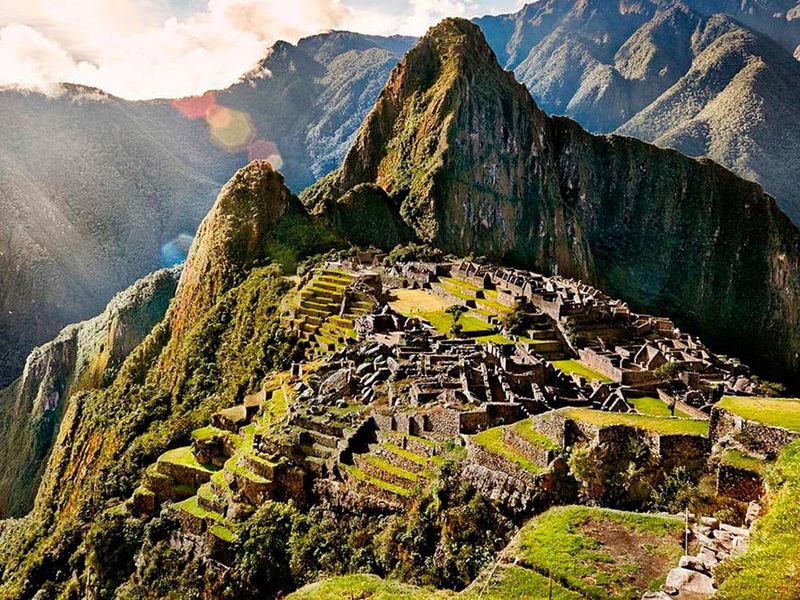
Perched excessive within the Andes, Machu Picchu was a testomony to Incan architectural prowess. Rediscovered by Hiram Bingham in 1911, this metropolis had been hid by the cloud forest.
Its intricate stone constructions and agricultural terraces exhibit the ingenuity of the Inca.
Guests at the moment stroll by way of historical past, usually feeling the paranormal aura that surrounds this historic web site.
3. Pompeii
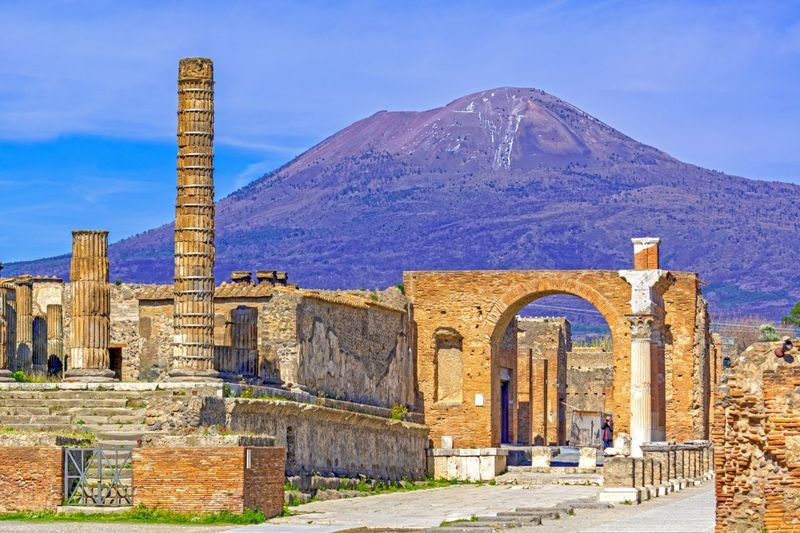
Preserved beneath volcanic ash, Pompeii provides a snapshot of Roman life in 79 AD. The eruption of Mount Vesuvius buried this vibrant metropolis, preserving every little thing from frescoes to day by day objects.
The excavation revealed a metropolis abruptly paused in its tracks, offering insights into Roman structure and society.
Strolling by way of Pompeii at the moment appears like stepping again in time, with echoes of historic Rome in each nook.
4. Petra
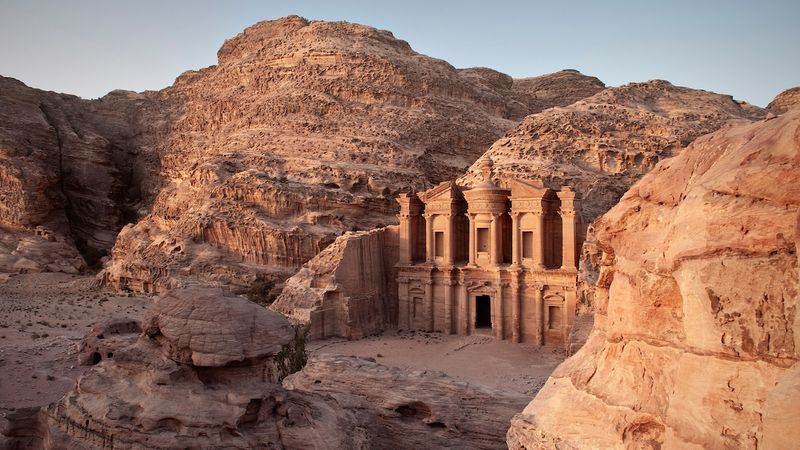
Nestled within the coronary heart of Jordan’s desert, Petra was a thriving buying and selling hub. The Nabataeans carved magnificent buildings into rose-hued sandstone, creating an architectural marvel.
Rediscovered in 1812, Petra’s intricate facades and complicated water methods spotlight the ingenuity of its builders.
The town’s attract lies in its mix of pure magnificence and human creativity, attracting explorers and vacationers alike.
5. Angkor Wat
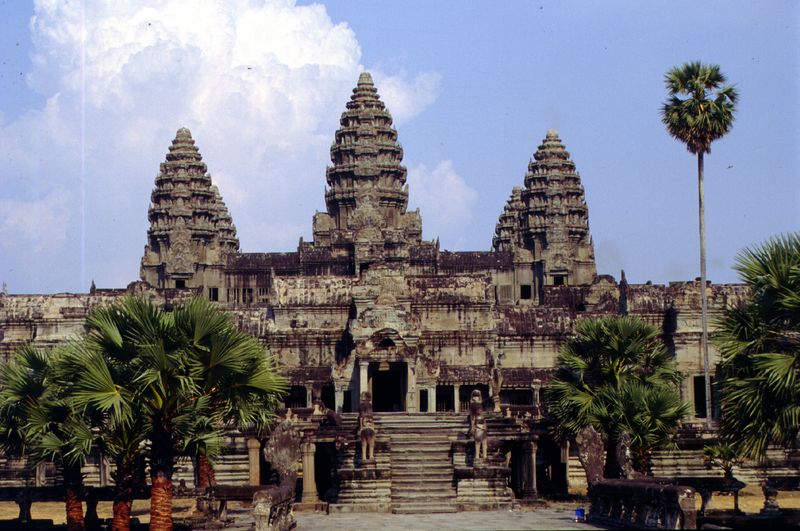
Angkor Wat, the most important non secular monument on the earth, lay obscured by Cambodia’s jungles. This Khmer Empire capital boasts sprawling temples and complex bas-reliefs.
Revealed to the world within the nineteenth century, its grandeur and historic significance proceed to captivate archaeologists.
Exploring Angkor Wat is akin to traversing a vivid tapestry of historical past, artwork, and spiritual devotion.
6. El Dorado
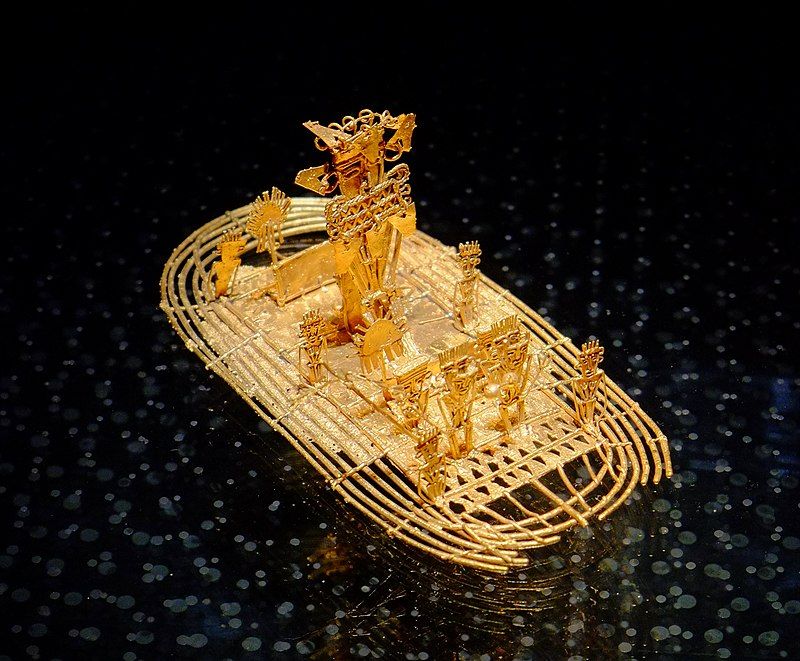
The legendary metropolis of gold, El Dorado, piqued the curiosity of explorers for hundreds of years. Whereas not a metropolis, archaeological findings in Colombia revealed the Muisca’s intricate choices and rituals believed to encourage the legend.
These discoveries provided insights into historic practices involving gold, shaping the parable of El Dorado.
The hunt for El Dorado symbolizes humanity’s relentless pursuit of wealth and thriller.
7. Atlantis
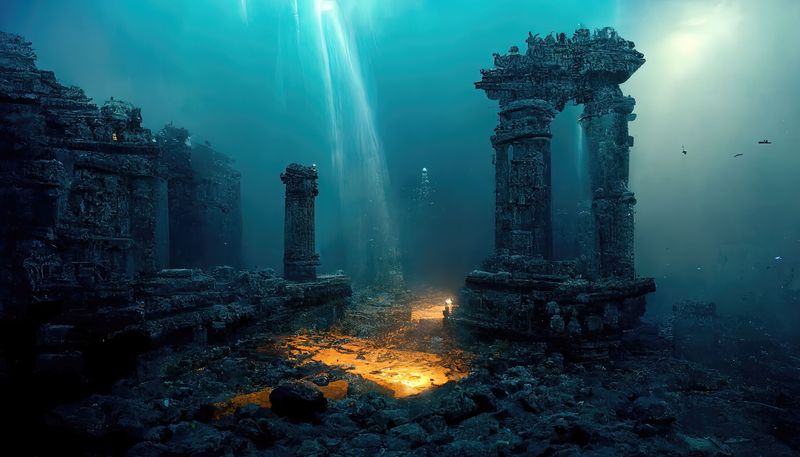
Atlantis, the fabled sunken metropolis, has intrigued students and dreamers alike. Whereas its existence stays unconfirmed, underwater ruins off the coast of Greece and the Caribbean reignite debates.
These submerged buildings gas hypothesis about misplaced civilizations and the reality behind Plato’s tales.
Atlantis stays a logo of human curiosity, the place historical past, fantasy, and exploration converge.
8. Teotihuacan
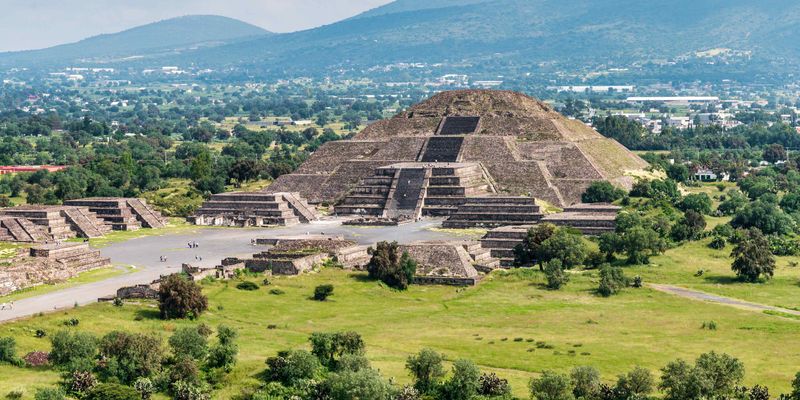
Often known as the ‘Metropolis of the Gods,’ Teotihuacan is a marvel of historic Mexico. Its origins cloaked in thriller, town options grand pyramids and complicated city planning.
The location was rediscovered by the Aztecs, who marveled at its scale and design.
Teotihuacan’s legacy endures by way of its affect on Mesoamerican cultures, fascinating archaeologists with each excavation.
9. Nice Zimbabwe
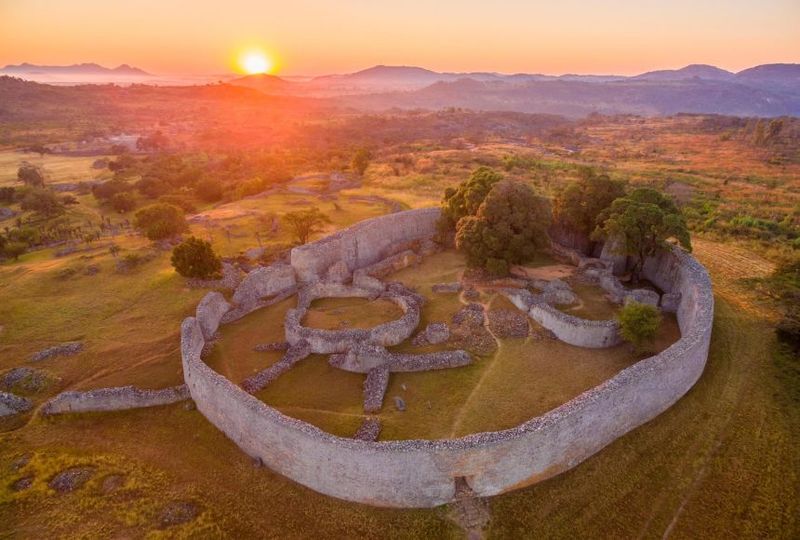
Nice Zimbabwe, an historic metropolis of stone, stood as a testomony to Sub-Saharan Africa’s architectural achievements. Its large partitions and towers have been hidden within the modern-day Zimbabwean panorama.
Archaeological work revealed a thriving commerce middle that linked Africa to distant areas.
Nice Zimbabwe challenges preconceived notions about African historical past and civilizations.
10. Carthage
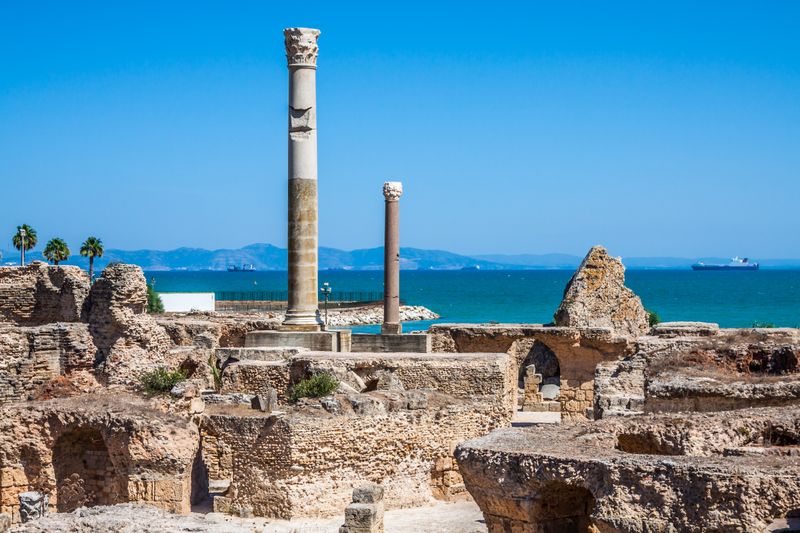
As soon as a dominant energy within the Mediterranean, Carthage was rediscovered close to modern-day Tunis. Its strategic location and wealth made it a rival to Rome.
Excavations unearthed spectacular buildings that narrate tales of commerce, warfare, and tradition.
Carthage’s legacy lives on, a reminder of historic conflicts and the resilience of civilizations.
11. Knossos
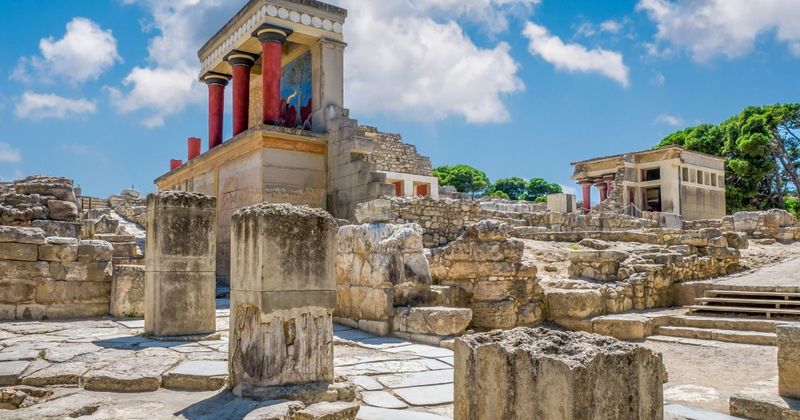
The legendary metropolis of Knossos, residence to King Minos and the Minotaur, was uncovered on Crete. Its labyrinthine palace impressed the parable of the Labyrinth.
Archaeologists uncovered vivid frescoes and complicated infrastructure, revealing a complicated Minoan society.
Knossos continues to enchant guests with its mix of fantasy and actuality, artfully captured in stone and paint.
12. Babylon
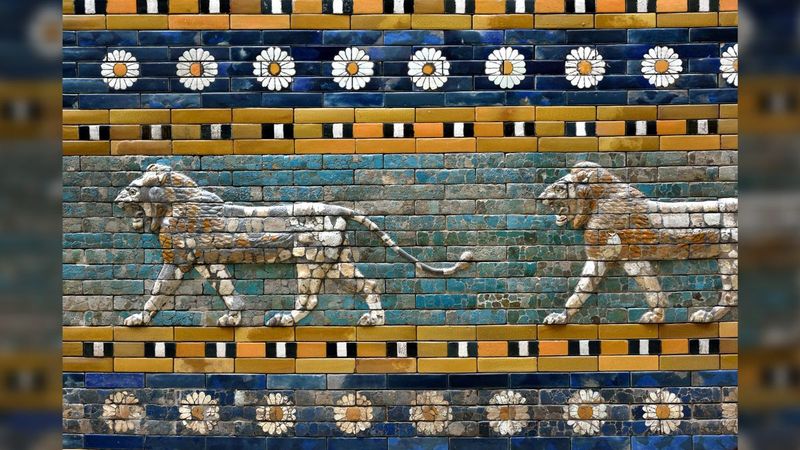
Babylon, with its Hanging Gardens, was a metropolis of legend and grandeur. Its archaeological rediscovery in Iraq unveiled remnants of a civilization identified for its contributions to regulation and astronomy.
The Ishtar Gate stands as a testomony to Babylon’s architectural prowess and cultural affect.
Babylon’s historical past embodies the rise and fall of empires, with echoes of its glory nonetheless resonating at the moment.
13. Çatalhöyük
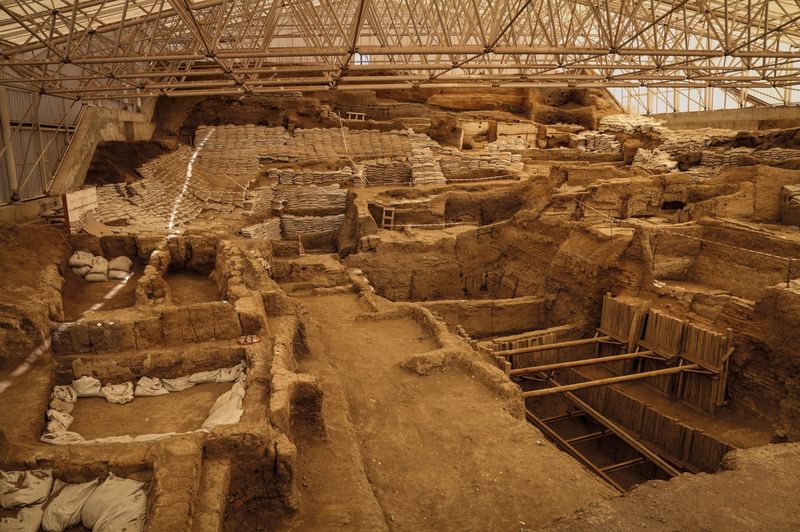
Çatalhöyük, one of many earliest city facilities, provides a glimpse into Neolithic life. Its discovery in Turkey revealed densely packed mud-brick homes and vibrant murals.
The location’s distinctive structure, with interconnected properties and no streets, challenges standard city planning ideas.
Çatalhöyük continues to tell our understanding of early human settlements and social buildings.
14. Herculaneum
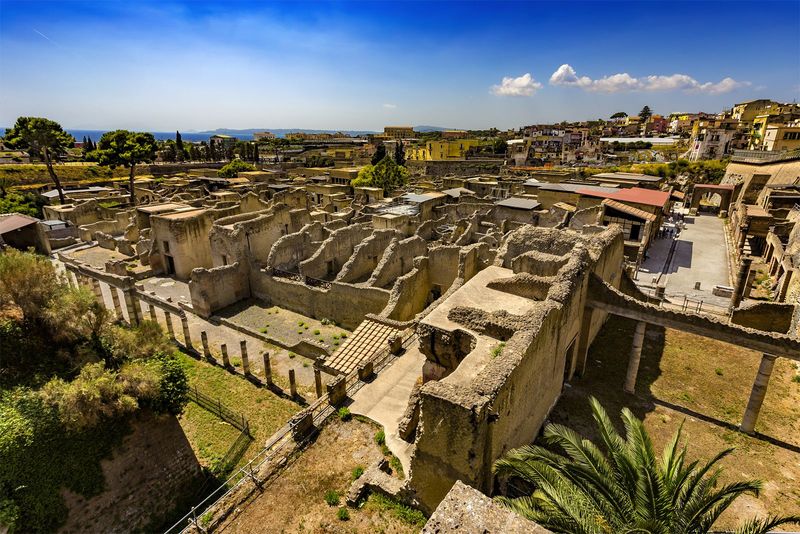
Like Pompeii, Herculaneum was preserved by Mount Vesuvius’ fury. The pyroclastic surge fossilized this prosperous Roman city, with villas and artifacts frozen in time.
Excavations revealed lavish properties adorned with mosaics and frescoes, providing insights into Roman luxurious and way of life.
The eerie silence of Herculaneum tells tales of a vibrant life abruptly halted.
15. Lothal
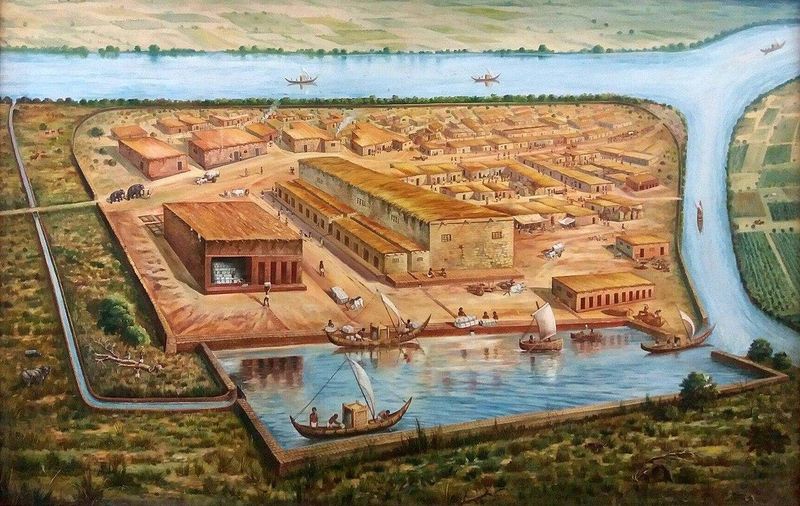
Lothal, a metropolis of the Indus Valley Civilization, was a hub of maritime commerce. Its well-planned dockyard and complex drainage system have been buried beneath layers of silt.
Excavations in India unearthed beads, pottery, and seals, revealing a metropolis that thrived on commerce and trade.
Lothal’s discoveries underscore the ingenuity and attain of historic South Asian societies.
16. Göbekli Tepe
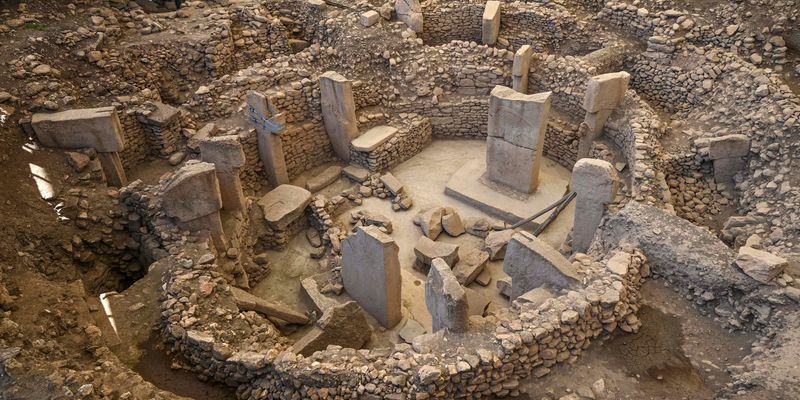
Göbekli Tepe, usually dubbed the world’s oldest temple, challenges our understanding of prehistoric societies. Found in Turkey, its large stone pillars predate Stonehenge.
Intricate carvings and round enclosures recommend a web site of formality significance, revealing a posh social construction.
Göbekli Tepe reshapes our narrative of human historical past, providing clues to early non secular practices.
17. Mesa Verde
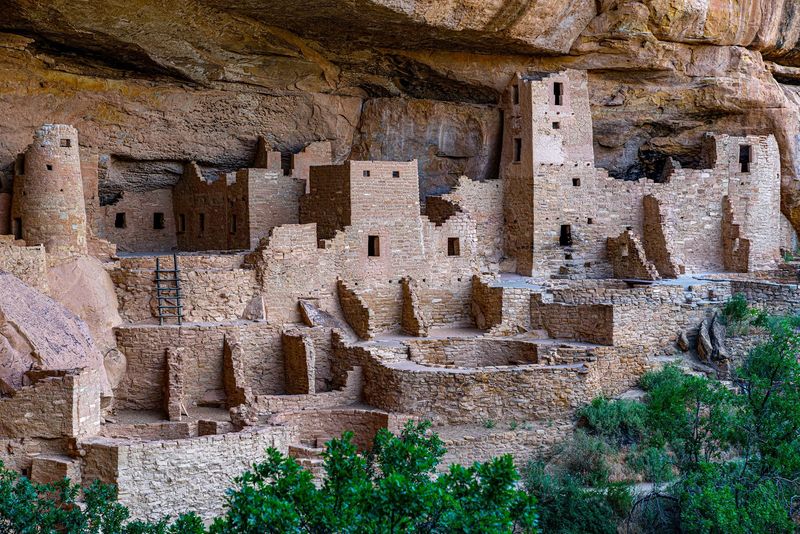
Mesa Verde, residence to the Ancestral Puebloans, is famend for its cliff dwellings. Rediscovered in Colorado, these buildings present insights right into a society adept at adapting to difficult environments.
The stone and adobe dwellings communicate of a neighborhood that thrived by way of ingenuity and resilience.
Exploring Mesa Verde is a journey into the lives of a individuals intertwined with the land.
18. Ephesus
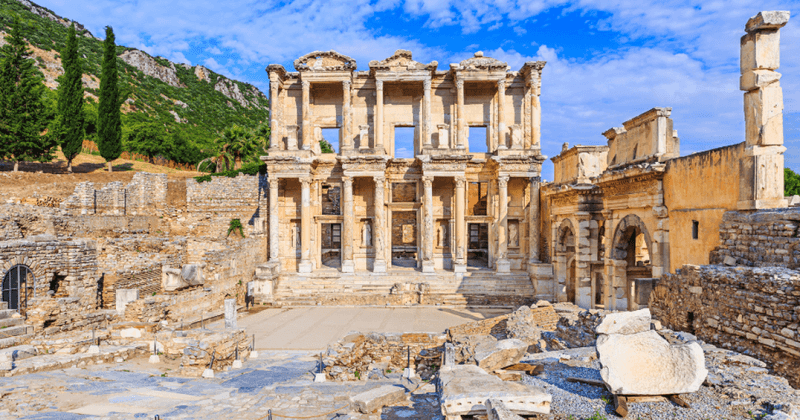
Ephesus, a metropolis of classical antiquity, was well-known for the Temple of Artemis. Rediscovered in Turkey, its ruins embrace the enduring Library of Celsus and an historic theater.
Ephesus’ excavations reveal a metropolis that was a hub of commerce and tradition within the Roman period.
Strolling by way of Ephesus is akin to traversing the corridors of historic historical past and civilization.
19. Leptis Magna
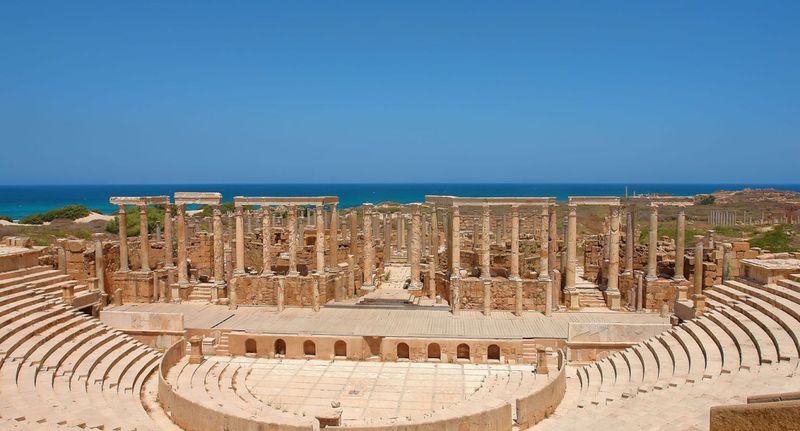
Leptis Magna, one of many nice cities of the Roman Empire, lay hidden amid Libya’s sands. Its rediscovery revealed grand boards, basilicas, and a formidable amphitheater.
The town’s structure showcases the mix of Roman and native influences, narrating tales of prosperity and decline.
Leptis Magna stands as a testomony to Rome’s far-reaching empire and its enduring legacy.
20. Tikal
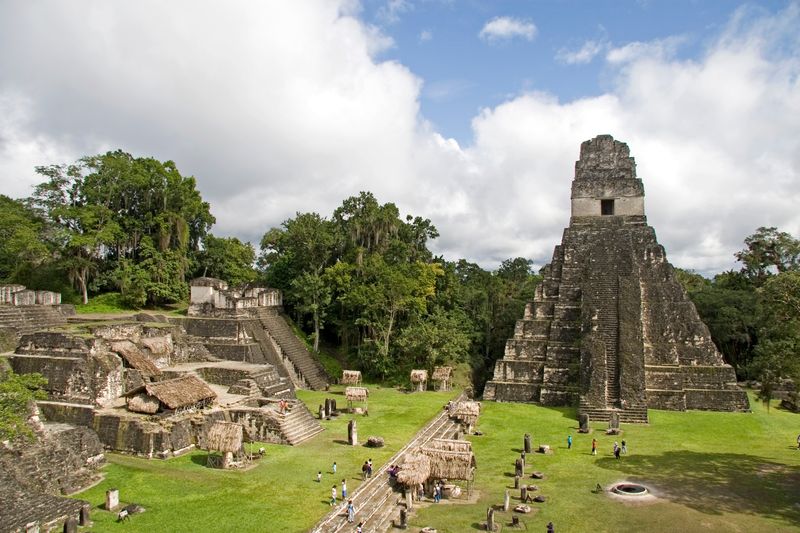
Tikal, a jewel of the Mayan civilization, was enveloped by the Guatemalan rainforest. Rediscovered within the nineteenth century, its towering pyramids and plazas communicate of a strong city-state.
The location’s intricate carvings and huge buildings mirror the Mayans’ superior data of astronomy and arithmetic.
Tikal stays a beacon of Mayan achievement, inspiring awe and intrigue amongst guests and students.
21. Persepolis
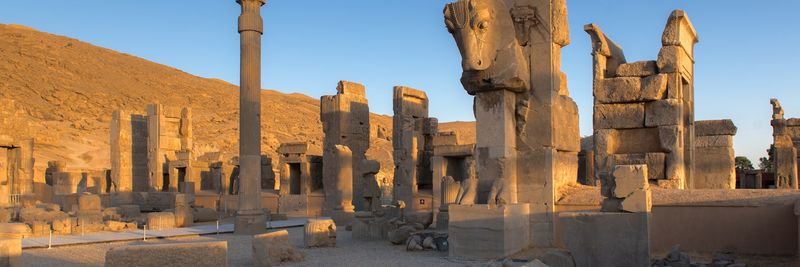
Persepolis, the ceremonial capital of the Persian Empire, was a metropolis of opulence and grandeur. Rediscovered in Iran, its palatial complexes and reliefs depict scenes of imperial splendor.
The town’s destruction by Alexander the Nice provides a layer of historic intrigue to its ruins.
Persepolis stays a logo of Persian would possibly and architectural innovation, attracting historians and vacationers alike.
[ad_2]